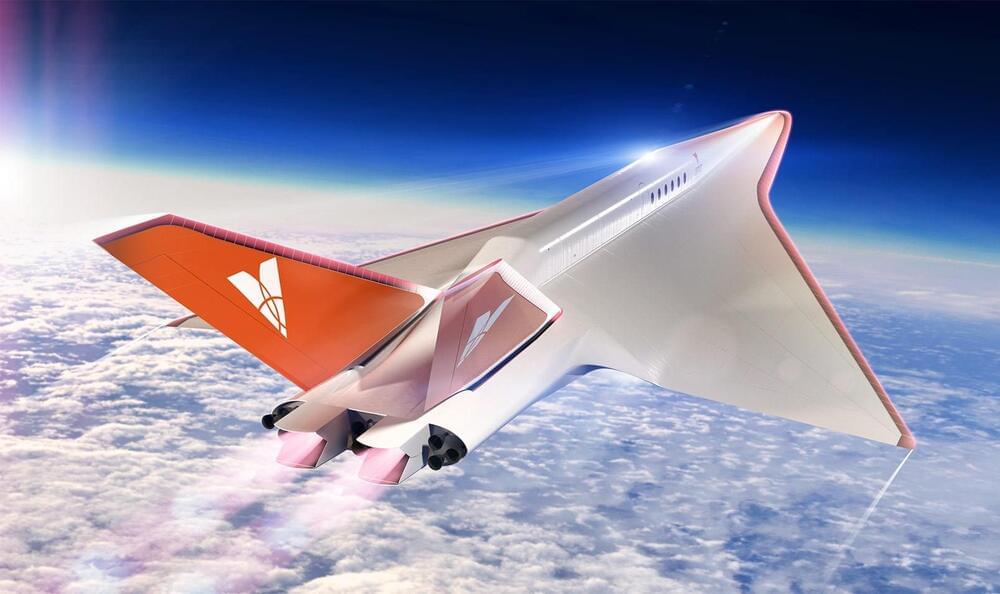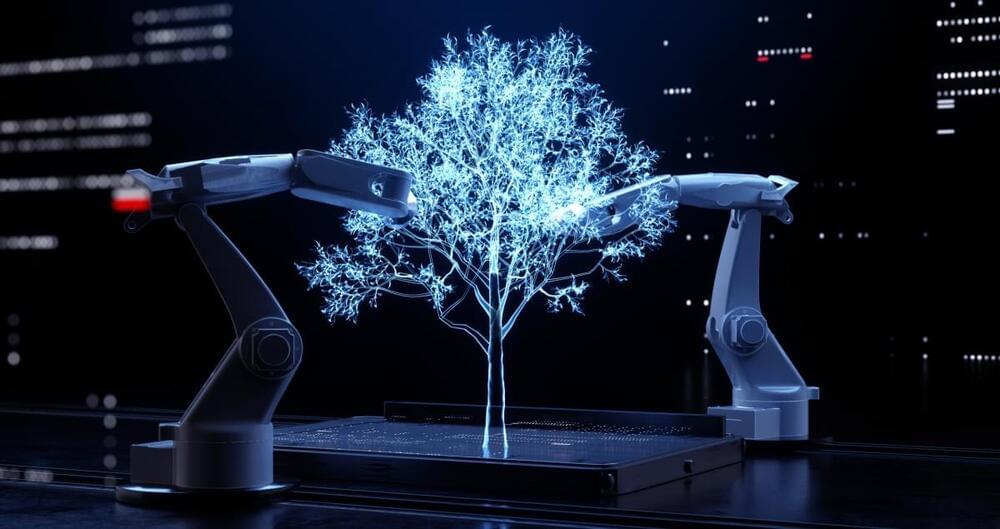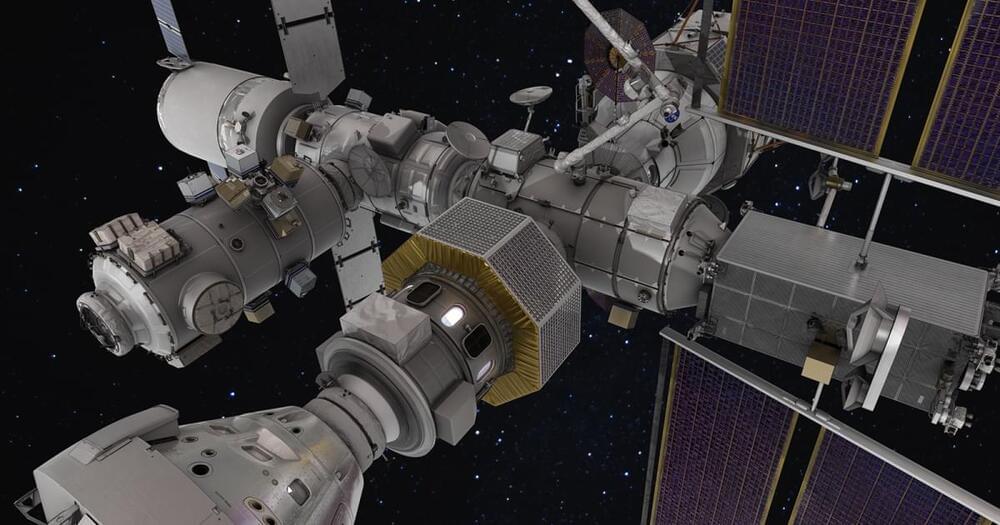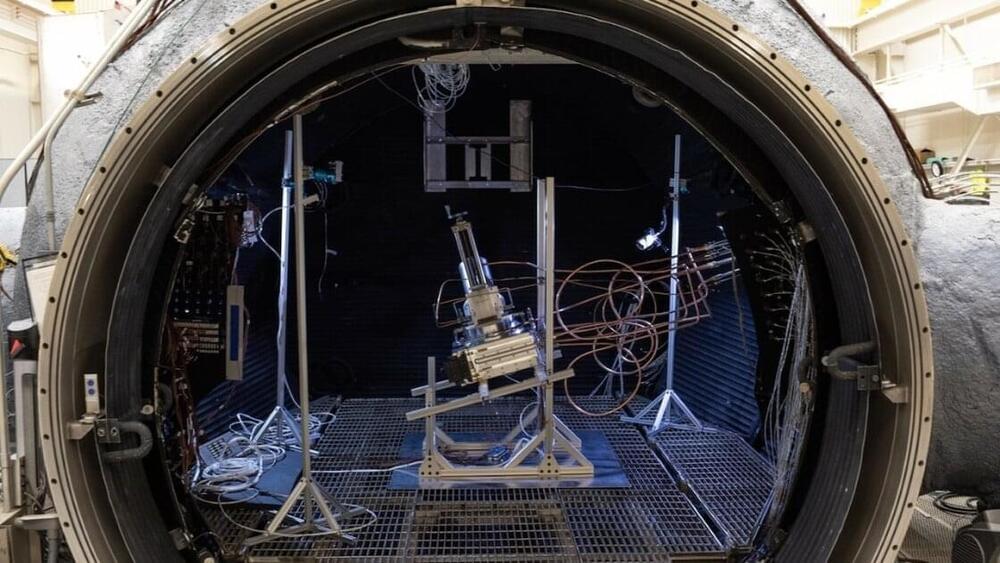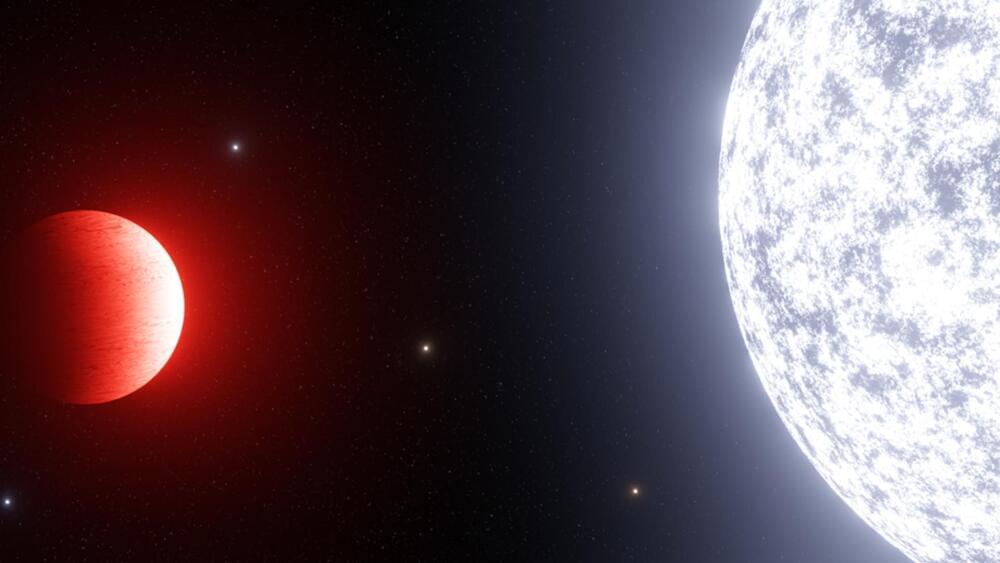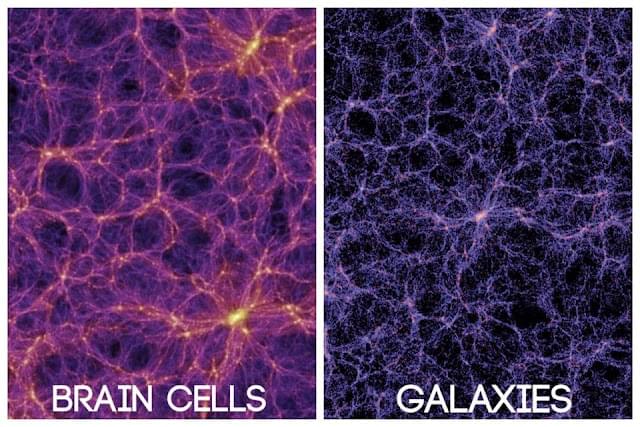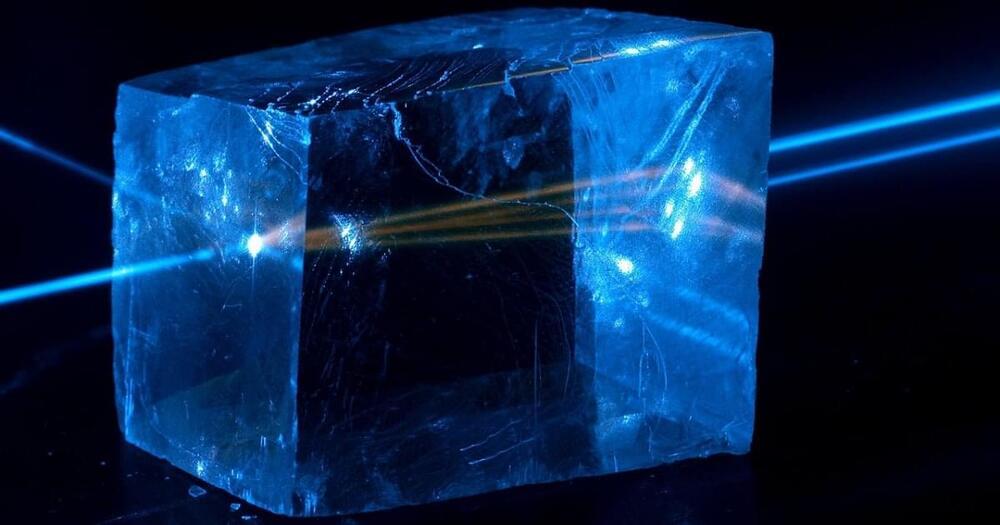May 3, 2023
AI-powered crater detection algorithm to unlock the secrets of the universe
Posted by Gemechu Taye in categories: information science, robotics/AI, space
Researchers from the University of Aberdeen develop an AI algorithm to detect planetary craters with high accuracy, efficiency, and flexibility.
A team of scientists from the University of Aberdeen has developed a new algorithm that could revolutionize planetary studies. The new technology enables scientists to detect planetary craters and accurately map their surfaces using different data types, according to a release.
Continue reading “AI-powered crater detection algorithm to unlock the secrets of the universe” »

